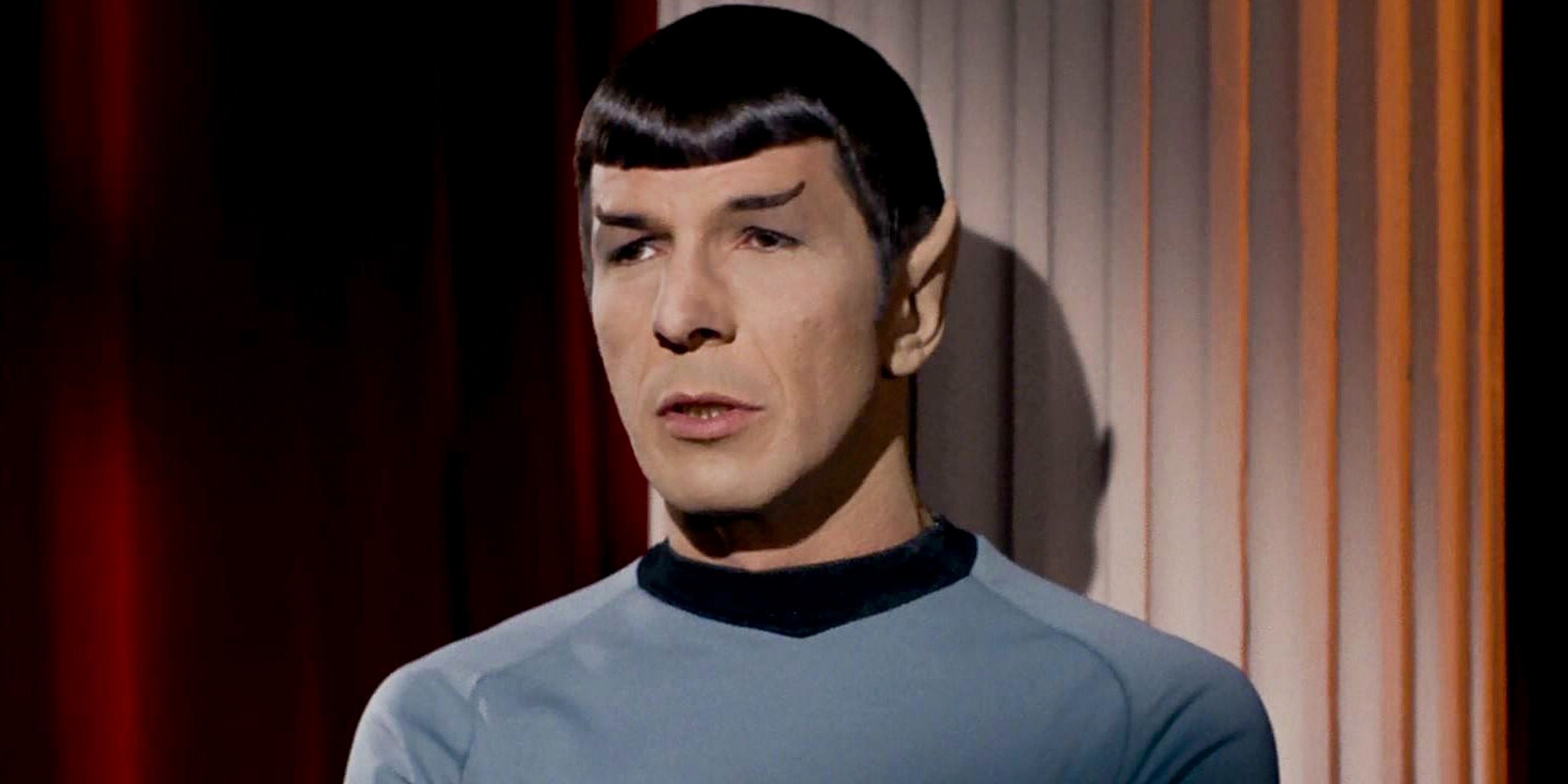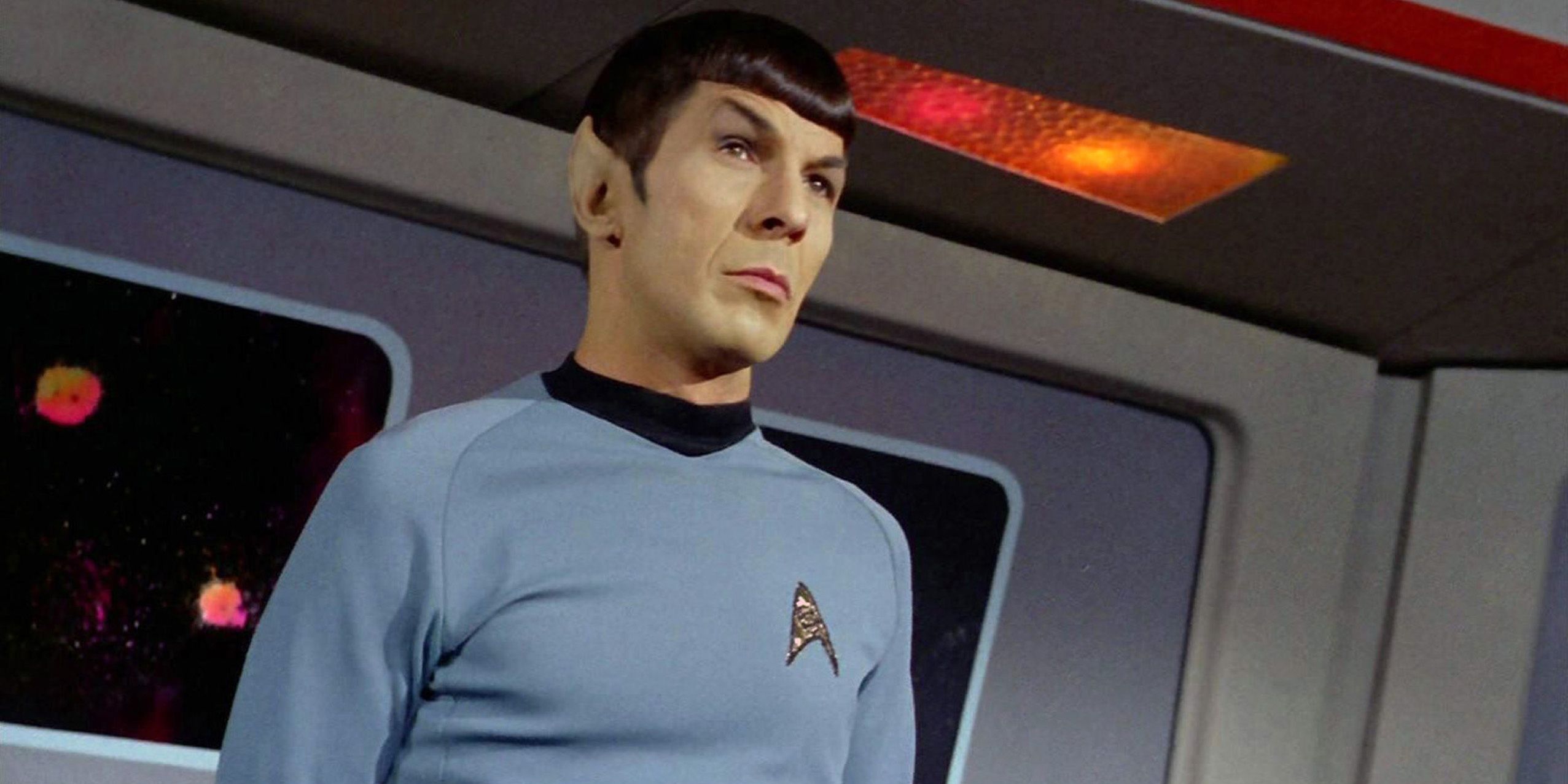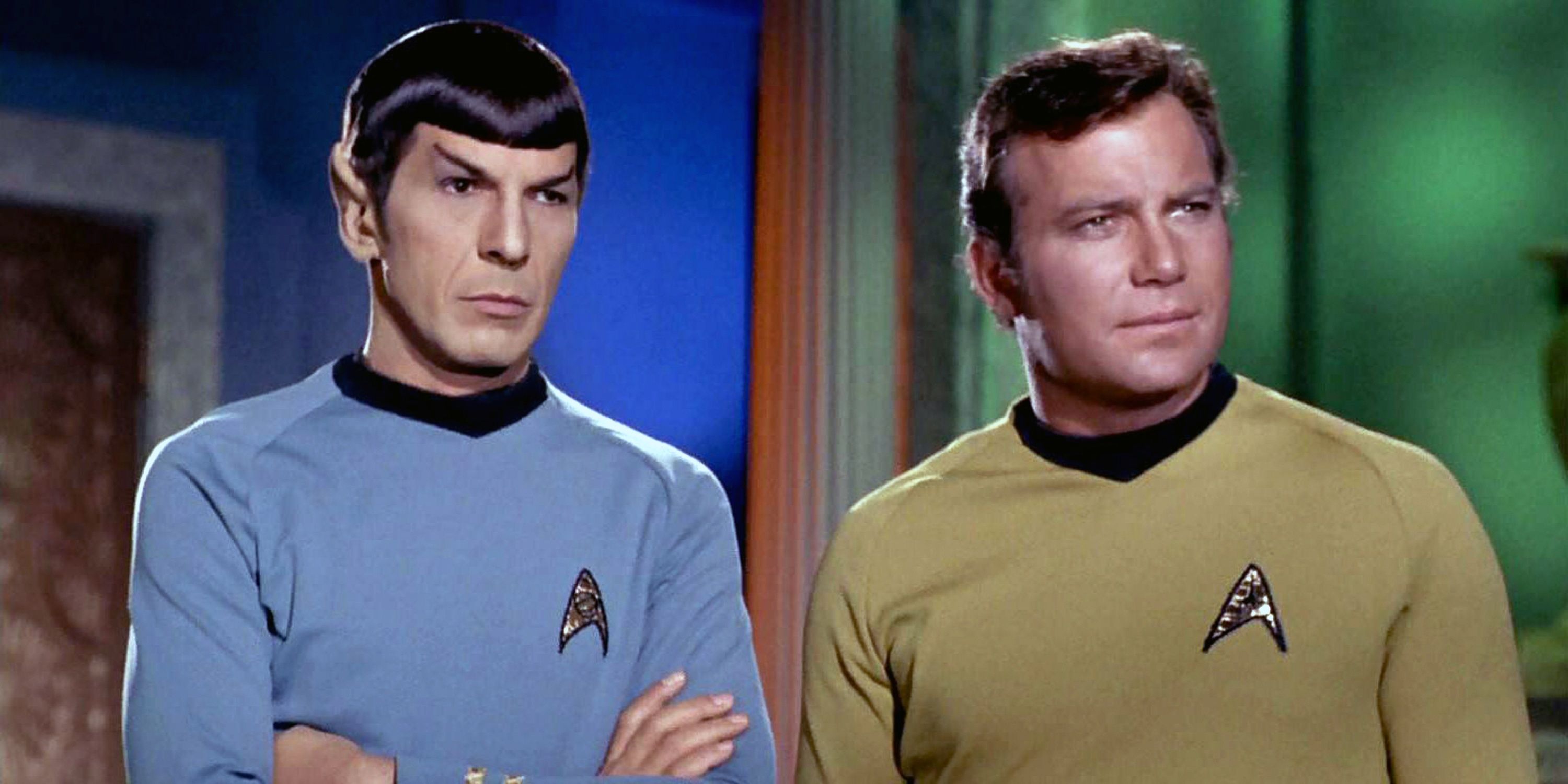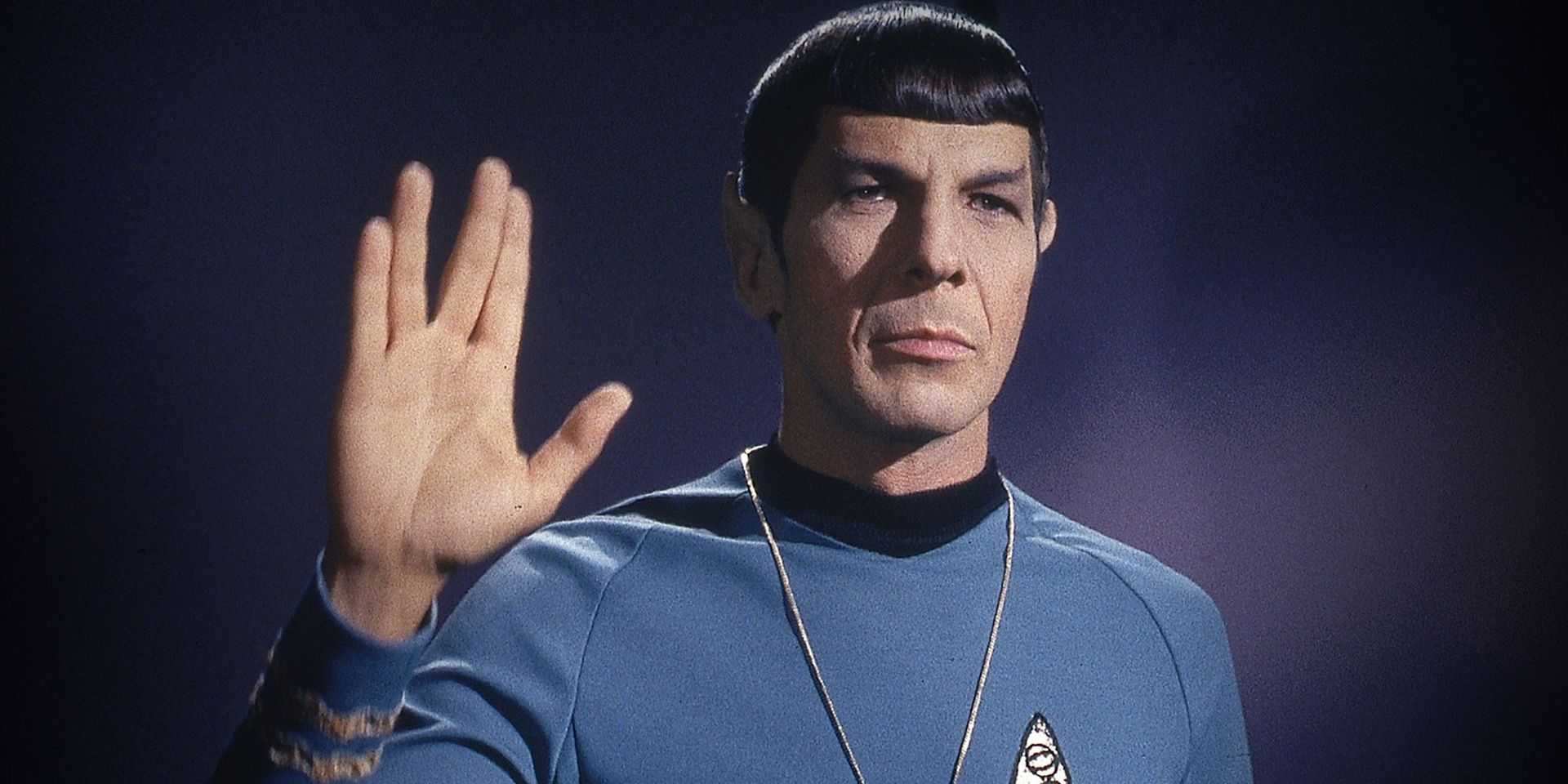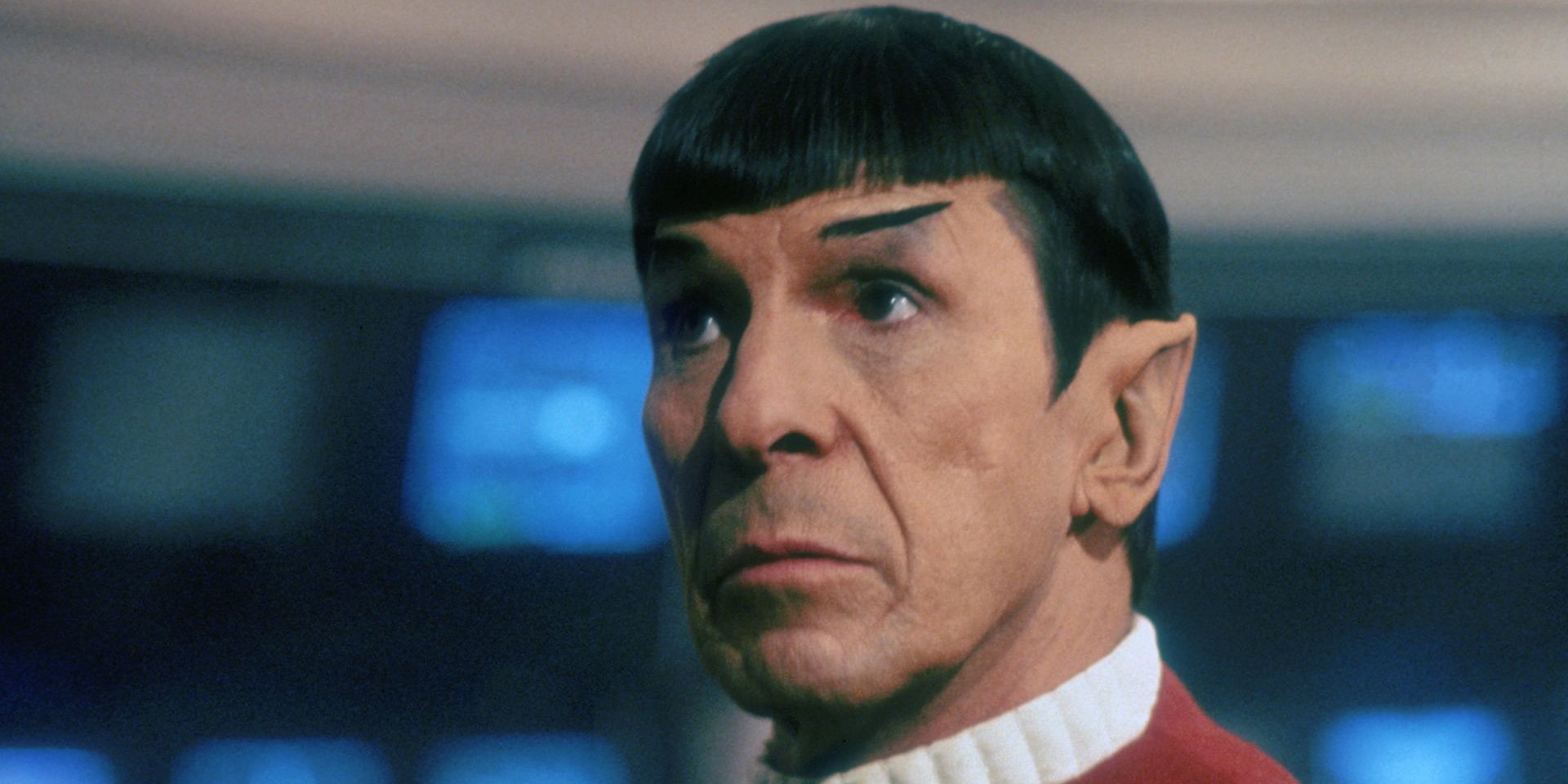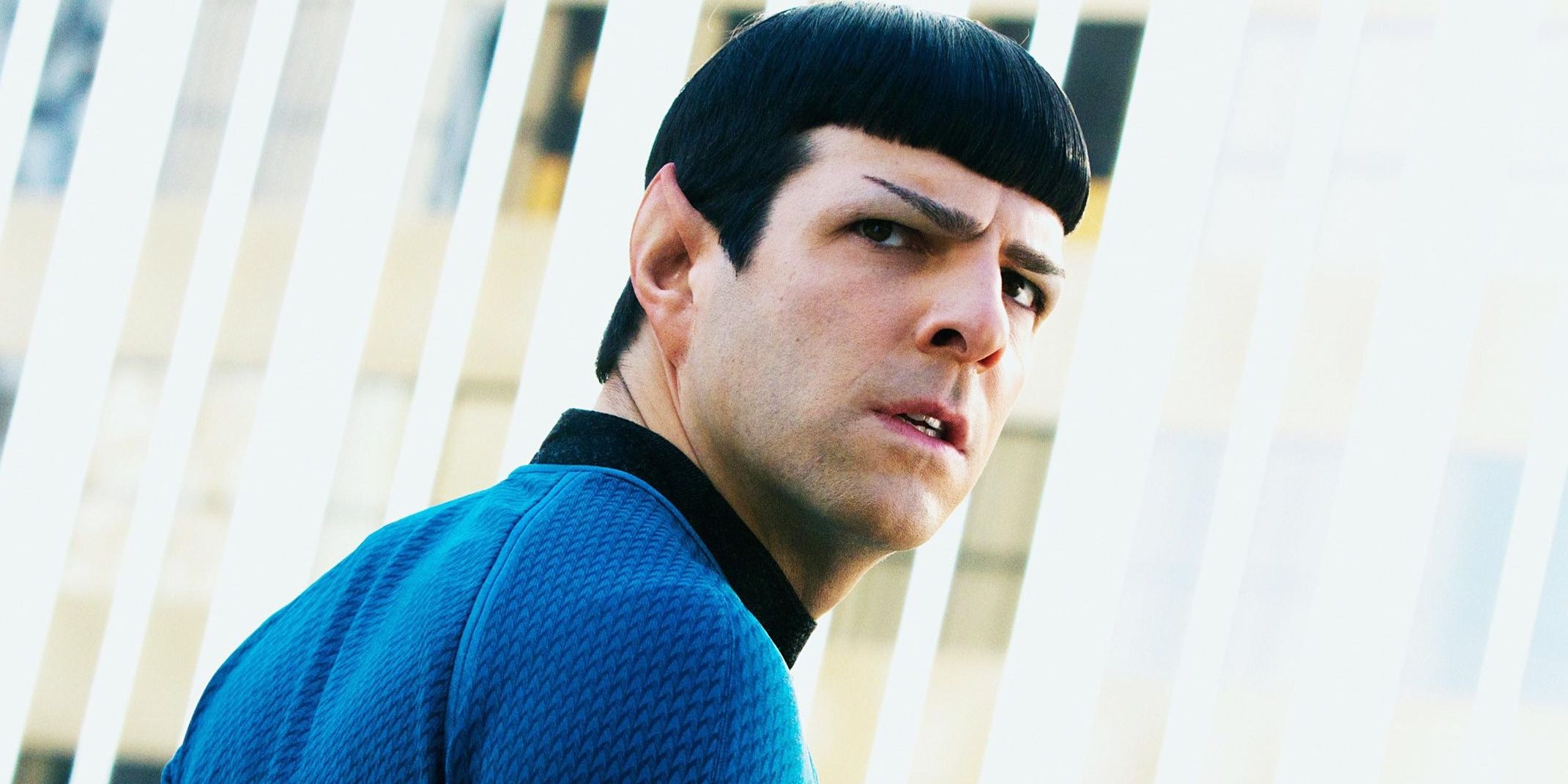Star Trek was — and still is — one of the most influential television and movie franchises of the 20th century. It was birthed as a television series in 1966 to a great deal of fanfare and acclaim. It became such a popular franchise that its hardcore fans earned a name for themselves: "Trekkies."
The intellectually savvy and often quirky franchise continues to be one of the most pioneering in television and movie history. Sometimes subtly and sometimes overtly, the original series was very progressive on the American civil rights front. The show’s cast was multiracial, one of the first of its kind. Star Trek: The Original Series, featured the first multiracial kiss on television in 1968. Star Trek is also known for its quirky and well-rounded cast of characters. Perhaps the most interesting of these characters is Spock, the half-human, half-Vulcan member of the starship USS Enterprise.
Spock’s rank on the USS Enterprise grew from Ensign all the way up to Ambassador in his tenure in all Star Trek properties. He is best known for being a highly logical character, highly intelligent and more than capable of his assigned duties on the USS Enterprise. However, there is more than one iteration of Spock. Though he is arguably the most recognizable character from Star Trek lore, he has seen something of an evolution over the years.
The Concept of Spock
Spock’s original concept is not what average Trekkies or even the general public think of when they picture him today. Producer Gene Roddenberry knew he wanted Spock to be part alien and part human. However, he originally envisioned Spock to be reddish in hue with pointy ears, to appear devilish. He thought this would be a great juxtaposition to Spock’s actual nature, therefore subverting the expectations an audience would form based on visuals. The idea of Spock being reddish in color was later scrapped, though the pointy, elf-like ears remained.
Roddenbery was also drawn to Spock’s emotion-sparse nature. This was a way for the character to embrace his non-human (or Vulcan) side. Though the turn towards the logical would prove a strength for Spock that his fully human companions lacked, Spock did have one weakness: a feverish curiosity for anything alien in nature. Spock’s propensity for logic was an immediate draw for actor Leonard Nimoy, who would go on to portray Spock from 1966 to 2013 on various Star Trek projects.
Early Years on Star Trek: The Original Series
On Star Trek: The Original Series, Spock was the First Lieutenant on the USS Enterprise. He performed various duties, which ranged from manning the bridge and serving as an on-board leader to more lowly duties.
In Star Trek lore, Vulcans do their best to shy away from emotions. They view them as a weakness, or even distasteful. Spock’s great intelligence and half-Vulcan genetics served him well on the USS Enterprise. His position on the deck of the USS Enterprise was at its computer, where Spock could use his vast intellect for the betterment of the ship and its mission.
Greater Exploration of Spock’s Vulcan Side
The premiere of the second season of Star Trek: The Original Series depicts Spock as undergoing something of a Vulcan blood fever. The only remedy is a ritual mating act on the planet Vulcan. It was believed that if Spock did not engage in this mating act, he would be dead within eight days. This was one of the first instances of the show exploring the Vulcan side of Spock's biology.
Spock was also capable of the Vulcan "mind meld." This act would allow Spock to sort of enter the mind of a being or entity so as to better understand its nature and motives. This would, however, make Spock reveal more of his inner self than he wished to, ironically sometimes revealing his more human side.
Star Trek: The Motion Picture and Subsequent 20th Century Films
In Star Trek: The Motion Picture, Spock has ceased to be a member of Starfleet and the USS Enterprise. Instead, he has returned to the planet Vulcan to undergo the Vulcan discipline of Kolinahr. In Kolinahr, Vulcans are able to purge themselves of all emotion.
Over the course of the next several films, Spock endures quite a bit. He becomes the commanding officer of the USS Enterprise. Additionally, he is killed off at the end of Star Trek II: The Wrath of Khan, only to be resurrected in the next film. Generally, the movies cannot explore Spock in the same way Star Trek: The Original Series did simply because of the pacing of movies compared to television shows; however, he remains an essential character throughout.
Spock in the 21st Century
Interestingly, Leonard Nimoy had some sway over who would portray Spock in 2009’s Star Trek film. He highlighted Zachary Quinto, suggesting that the actor had the "look" of Spock and could comprehend the character’s complex inner workings.
Leonard Nimoy returned as "Spock Prime," the original, older Spock in 2013’s Star Trek: Into Darkness. The actor had designs on returning for the 2016 film, but unfortunately passed away prior to its production. In that film, the younger Spock touchingly mourns the loss of "Spock Prime" in a bit of a meta nod to both Spock and Leonard Nimoy. Spock was recast once again in 2019 for Star Trek: Discovery’s second season, this time by actor Ethan Peck.
Spock has had a tremendous impact on pop culture’s zeitgeist, particularly with the phrase, “Live Long and Prosper.” Trekkies and mainstream fans alike will see Spock return in 2023’s Star Trek film, where they will see how his character continues to evolve.

